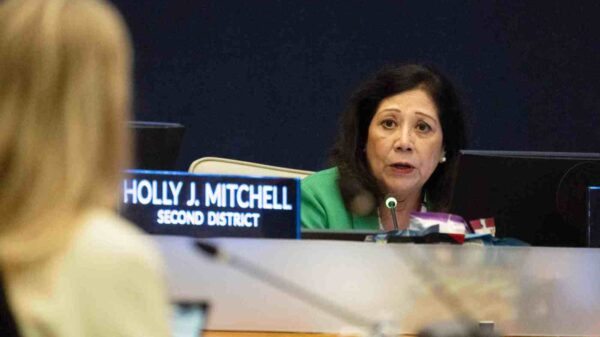Paolo Ardoino, CEO of Tether, has expressed confidence in the company’s current valuation of $500 billion, stating that it is “very reasonable” yet suggesting it “should be higher.” This assertion comes as Tether aims to expand its services to the under-banked community, positioning itself against large remittance companies rather than traditional banking institutions.
In a recent interview, Ardoino emphasized Tether’s mission to provide financial services to those who may not have access to conventional banking. He pointed out that the firm does not see big banks as its primary competitors. Instead, Tether focuses on competing with major remittance companies that dominate the market.
Launch of USAT Token Targets U.S. Market
Tether has also announced the launch of its new token, known as USAT. This token is specifically designed to cater to the U.S. market and is part of the company’s broader strategy to enhance its offerings. The introduction of USAT reflects Tether’s commitment to innovation and its goal of reaching more consumers in need of accessible financial solutions.
Ardoino’s comments highlight the growing significance of cryptocurrencies in addressing financial disparities. The under-banked community often faces challenges in accessing traditional financial services, and Tether aims to bridge that gap with its digital currency solutions.
As Tether expands its footprint, the firm is likely to encounter increased scrutiny from regulators and industry competitors. Ardoino remains optimistic about the company’s prospects and its ability to adapt to the evolving financial landscape.
With the cryptocurrency market continuing to mature, Tether’s strategies may play a pivotal role in shaping its future and that of the broader financial ecosystem. The CEO’s belief in a higher valuation reflects both confidence in the company’s growth potential and the increasing demand for alternative financial services.
Tether’s focus on the under-banked community could set a precedent for other firms in the industry, prompting a shift towards more inclusive financial practices. As the company moves forward, it will be essential to monitor how these developments impact the competitive landscape and the financial well-being of underserved populations.







































































